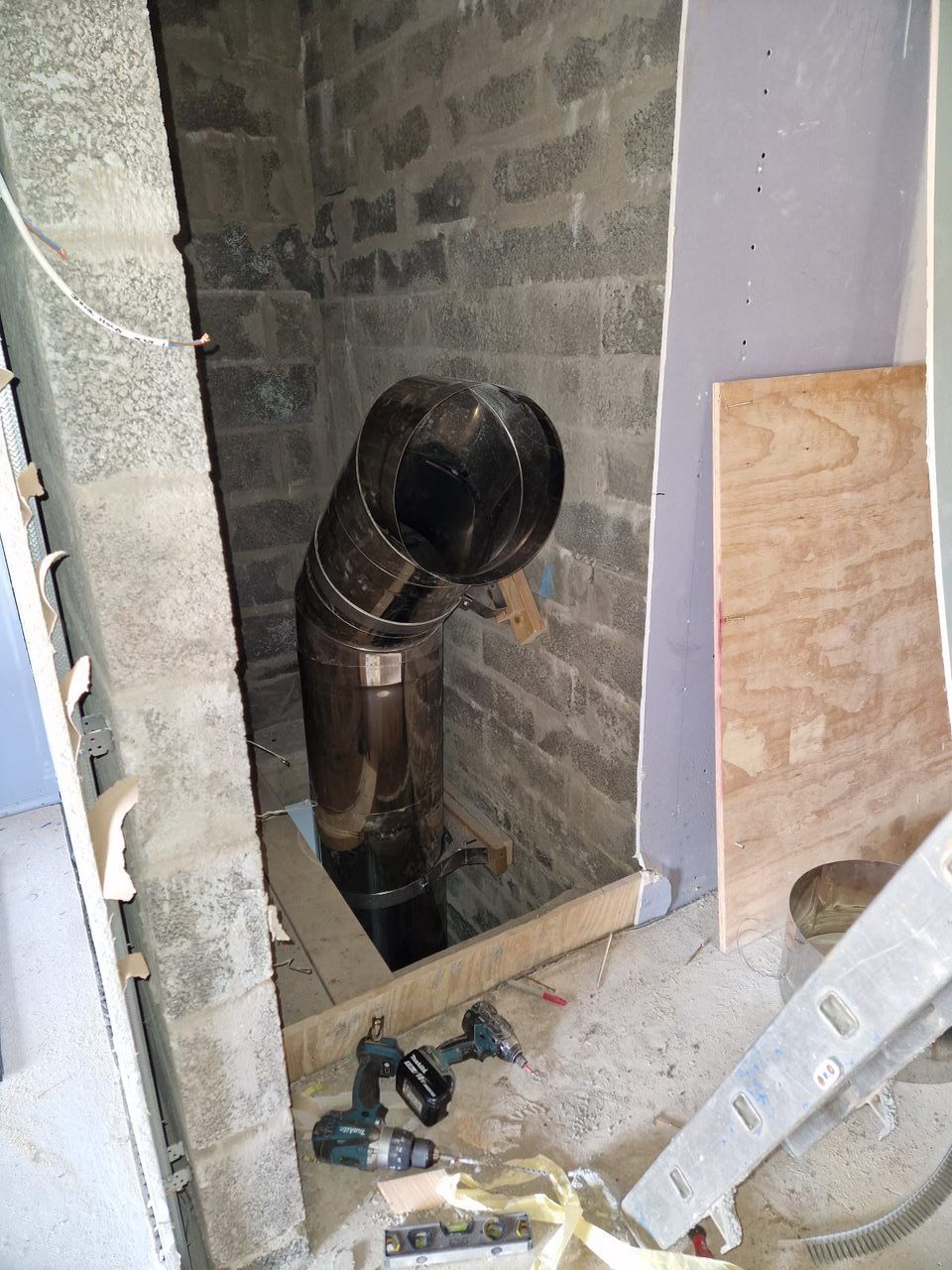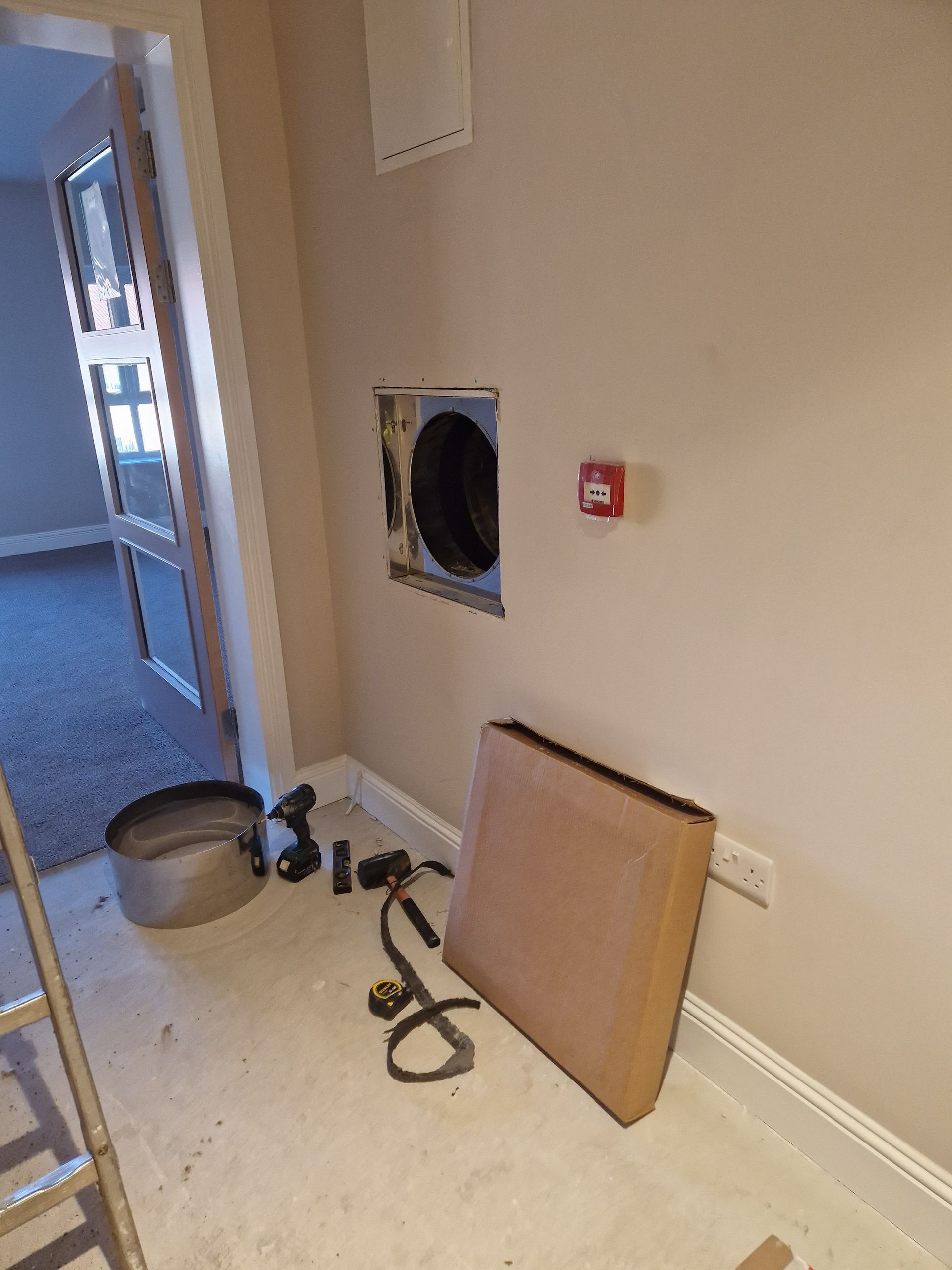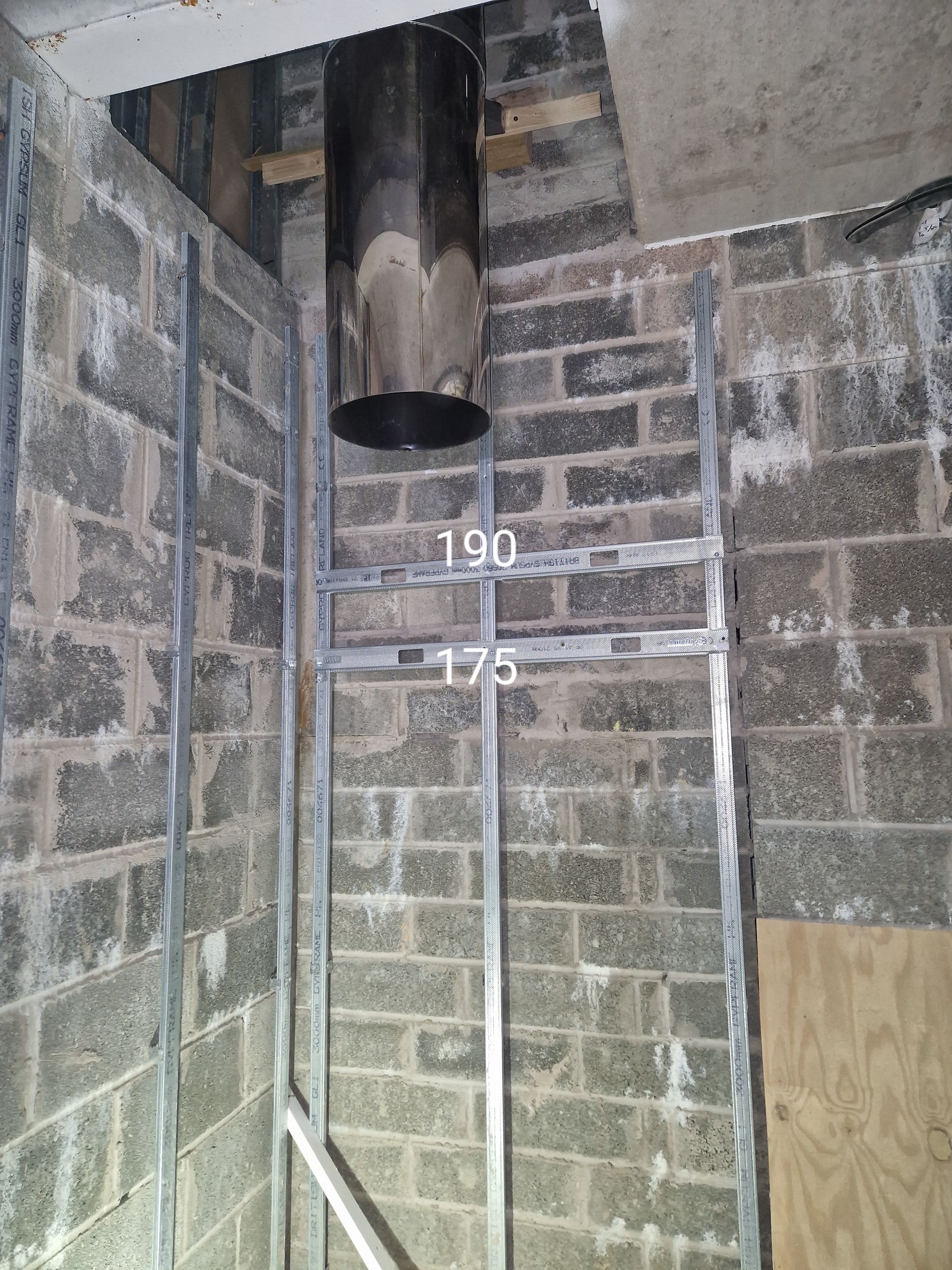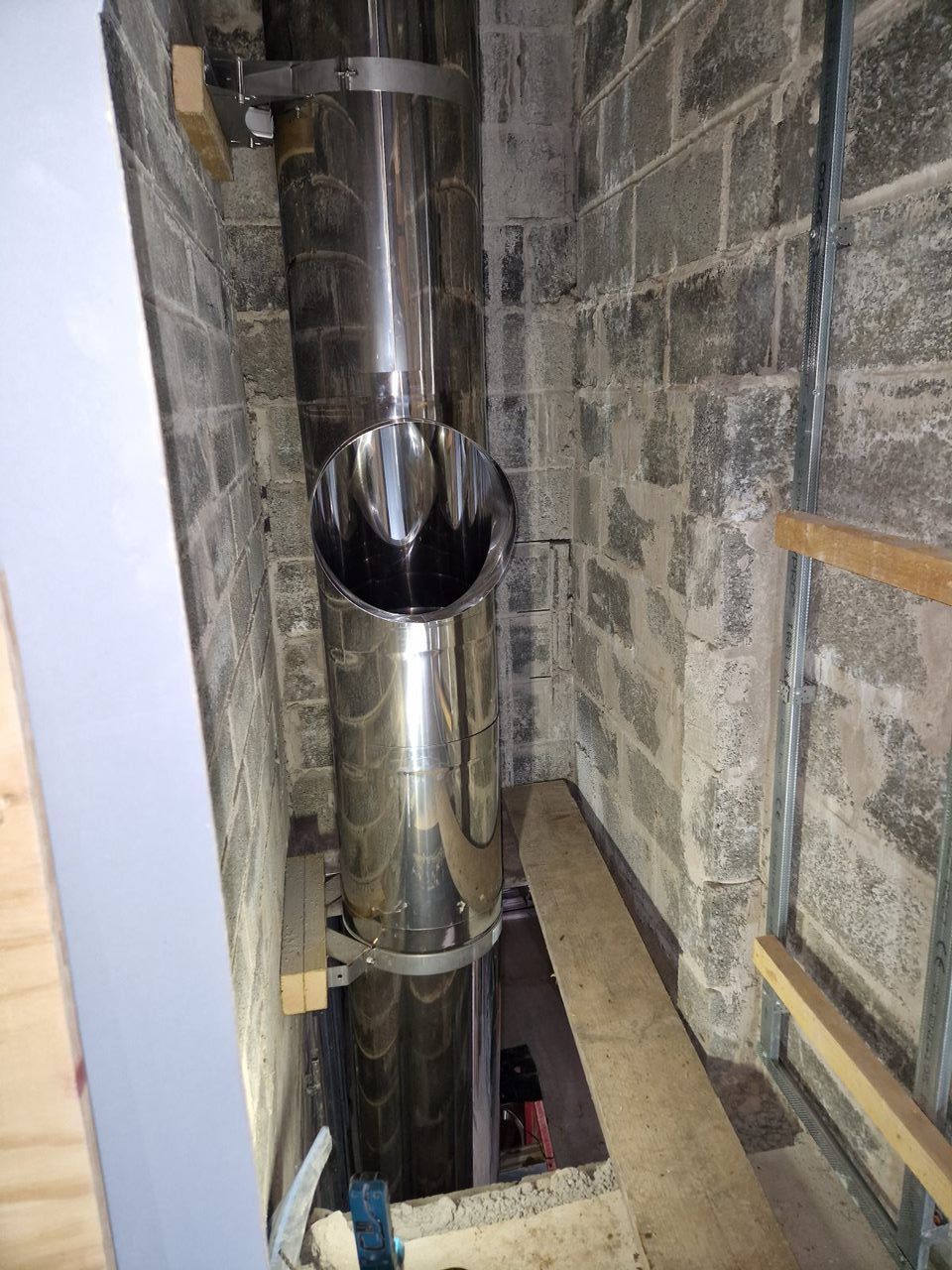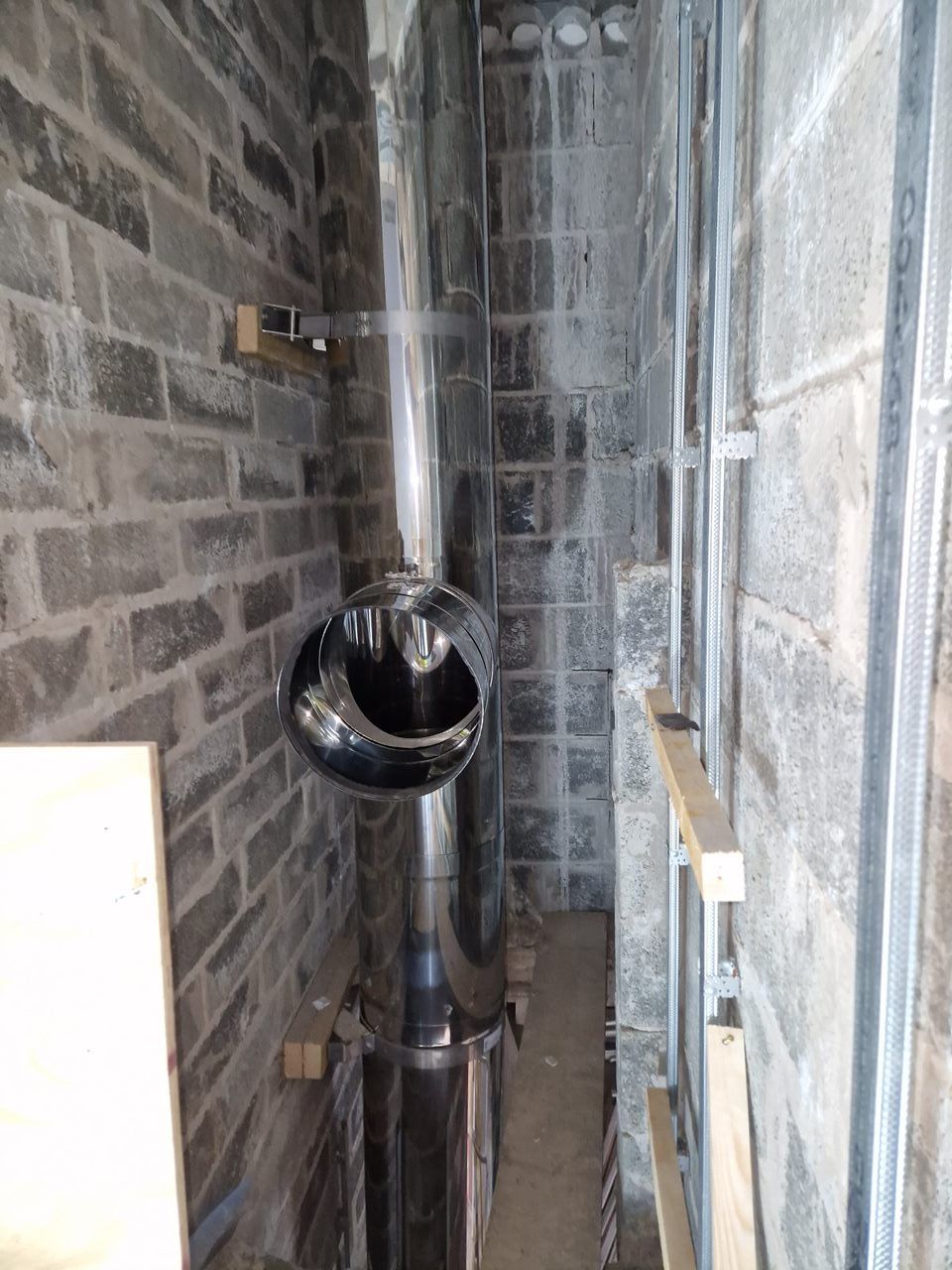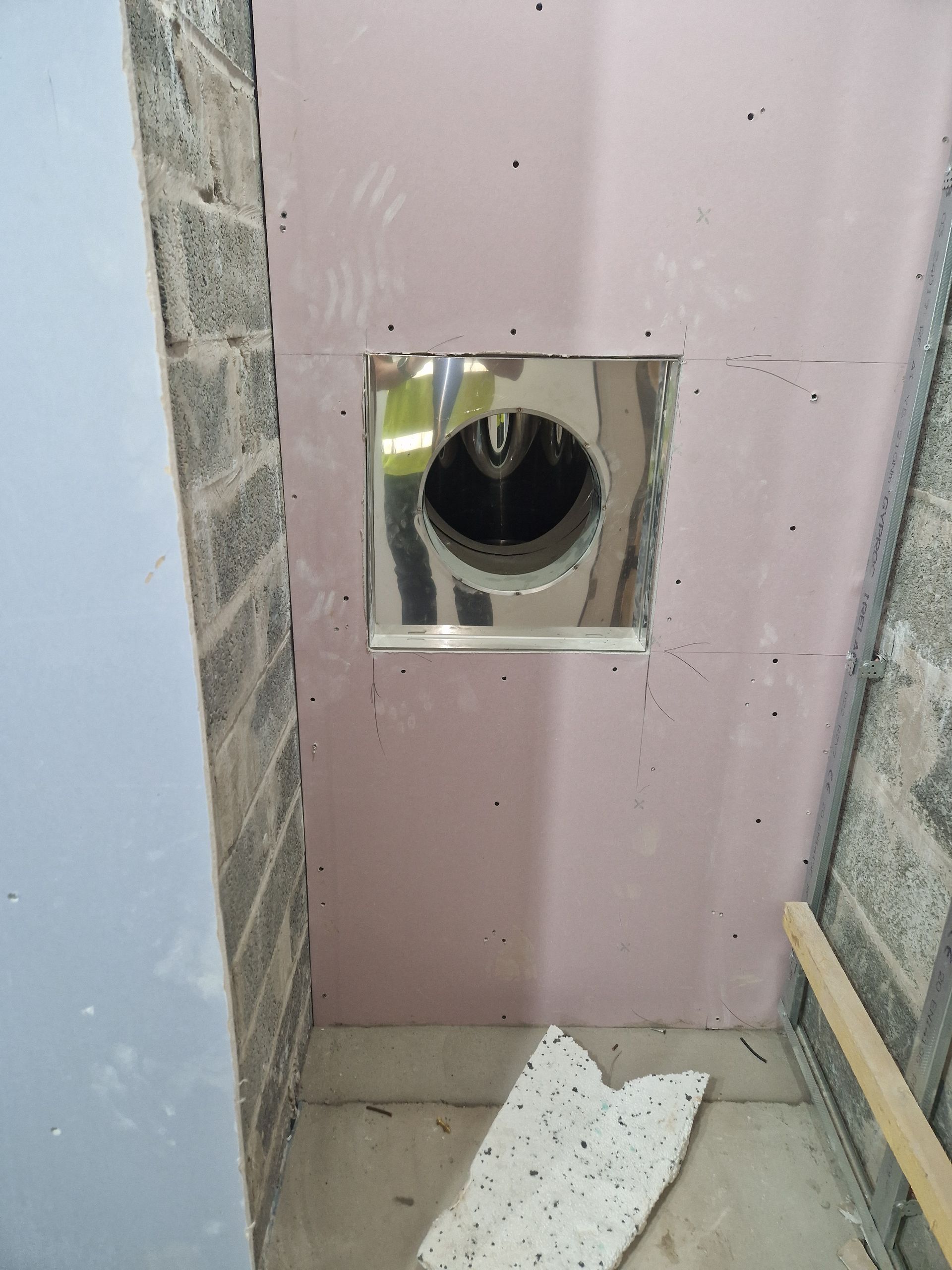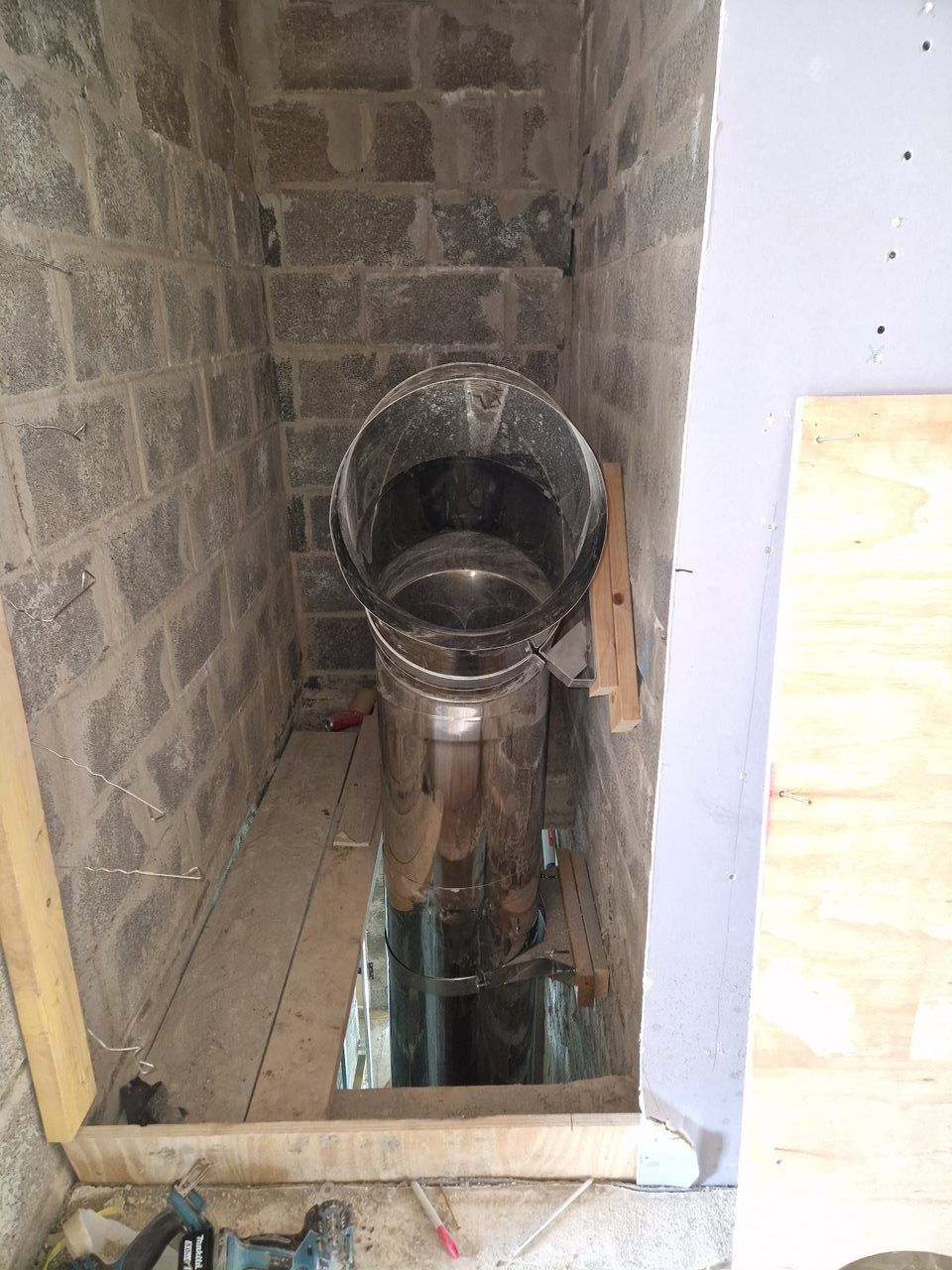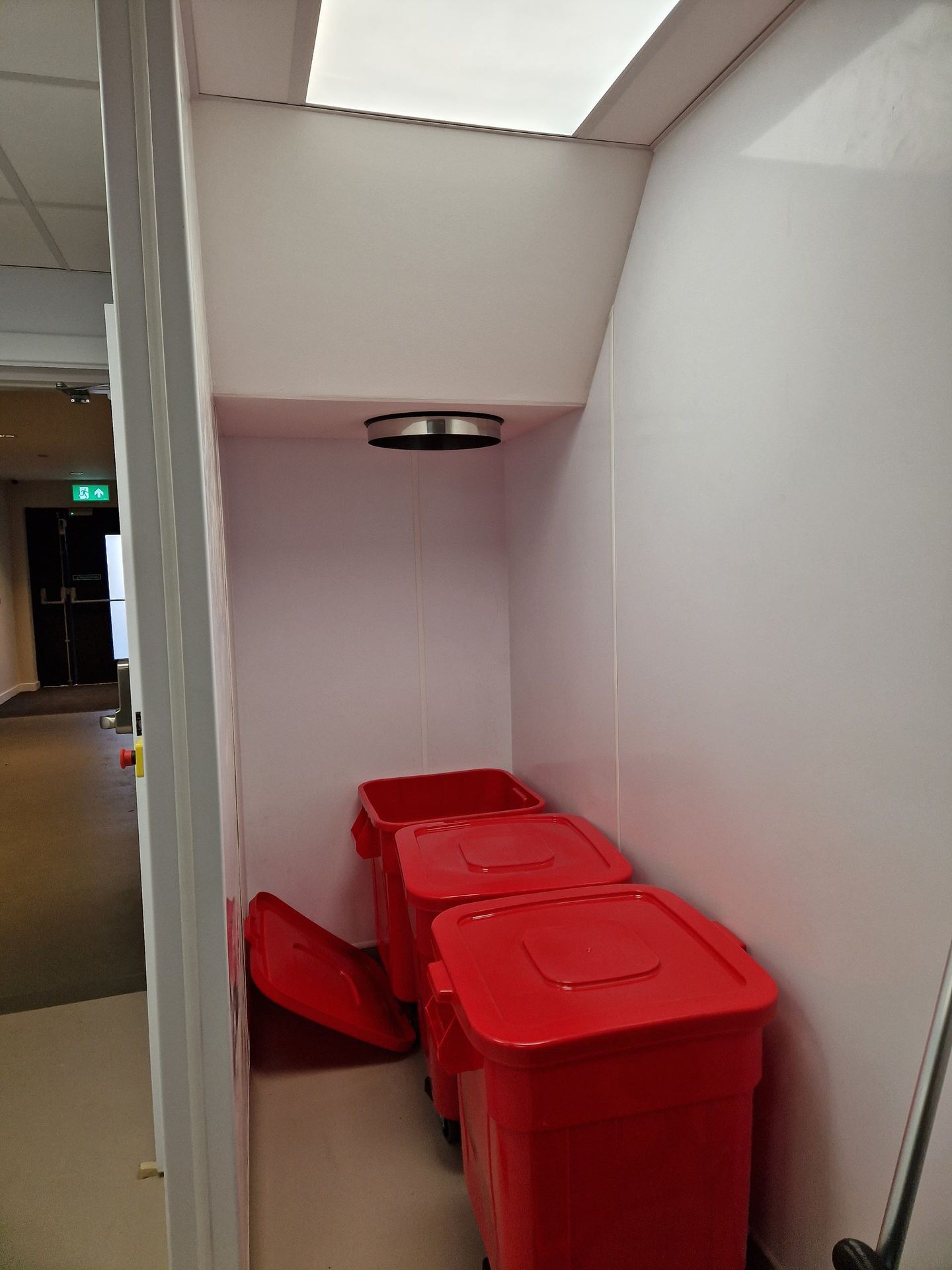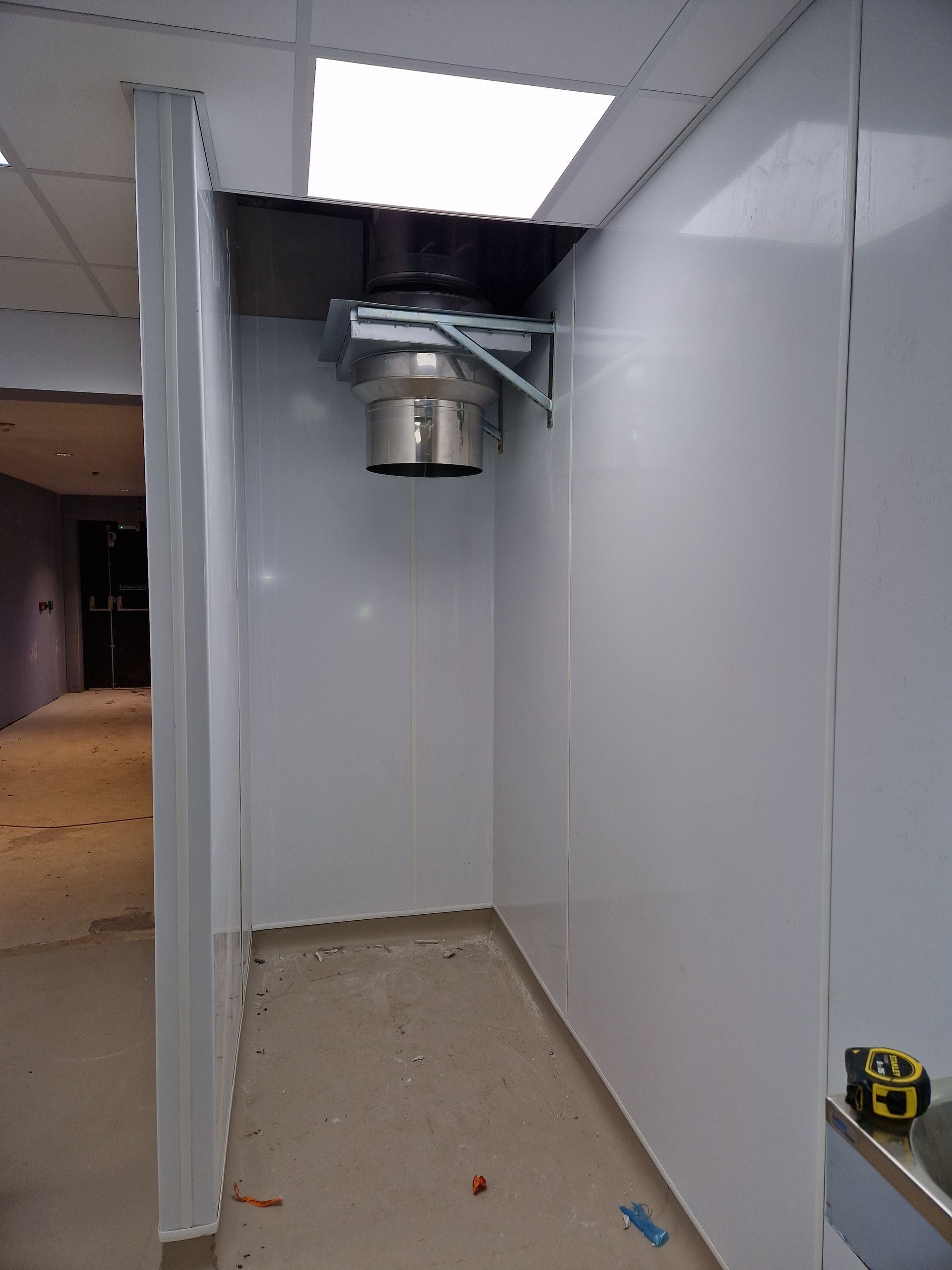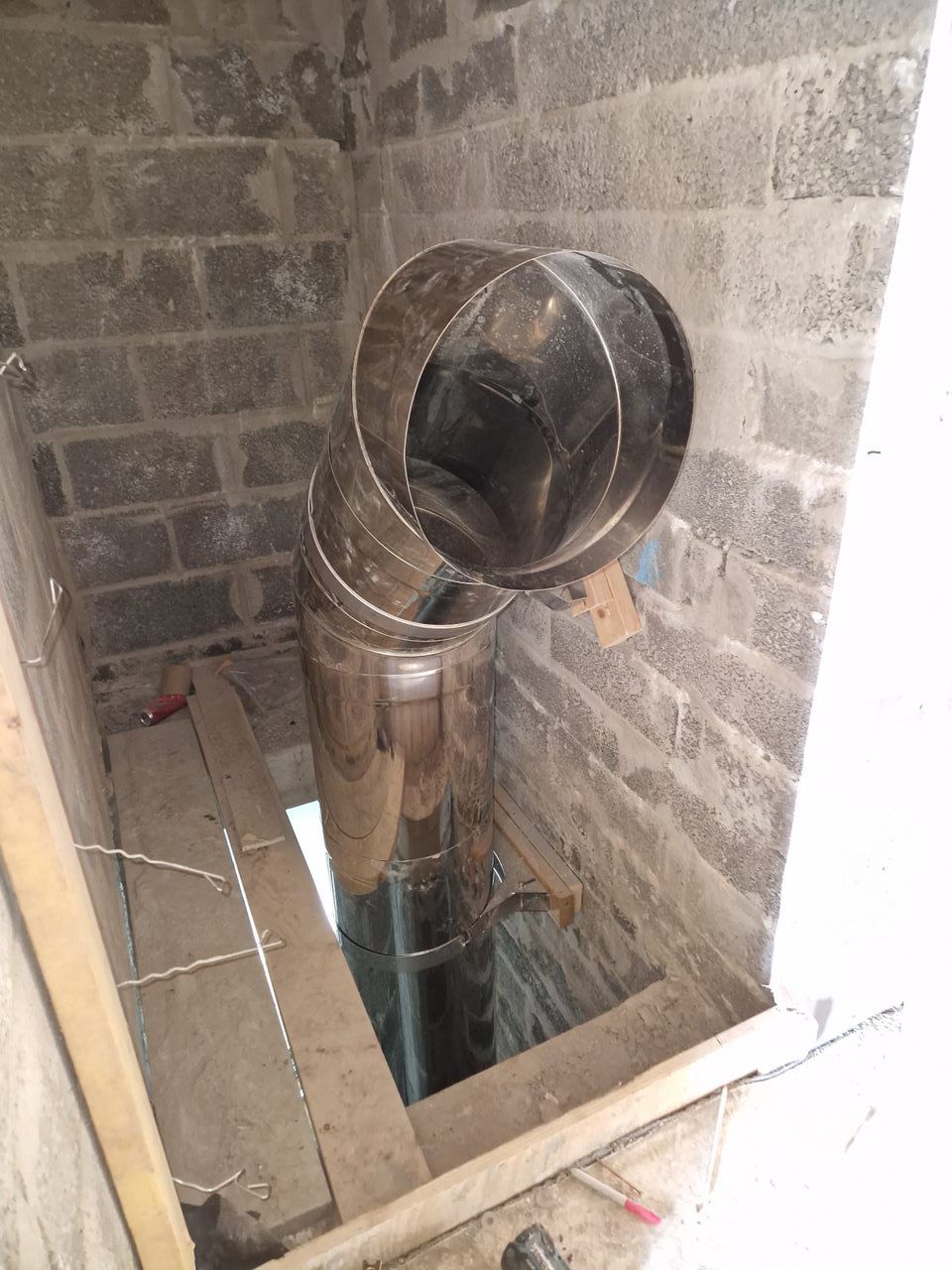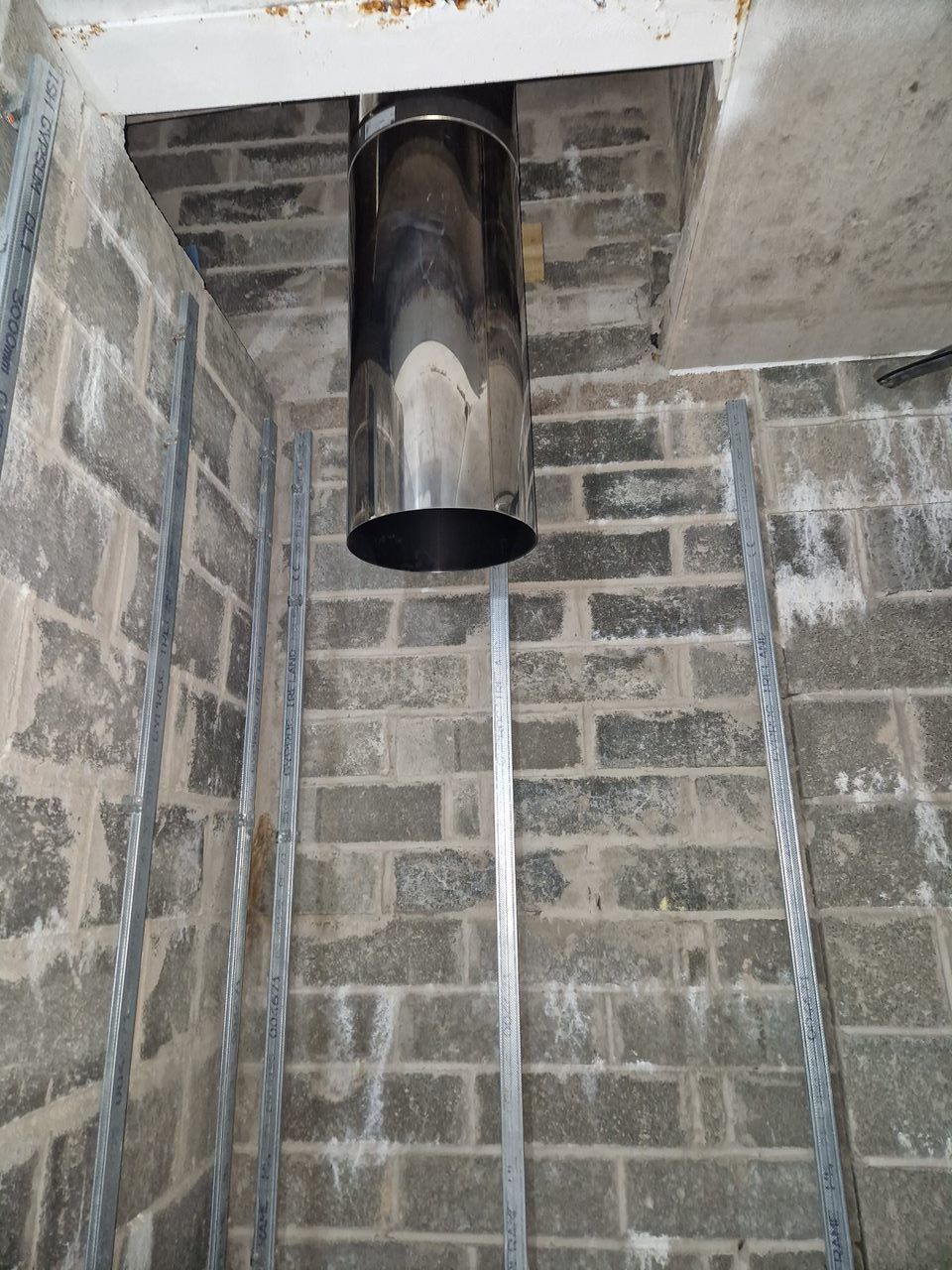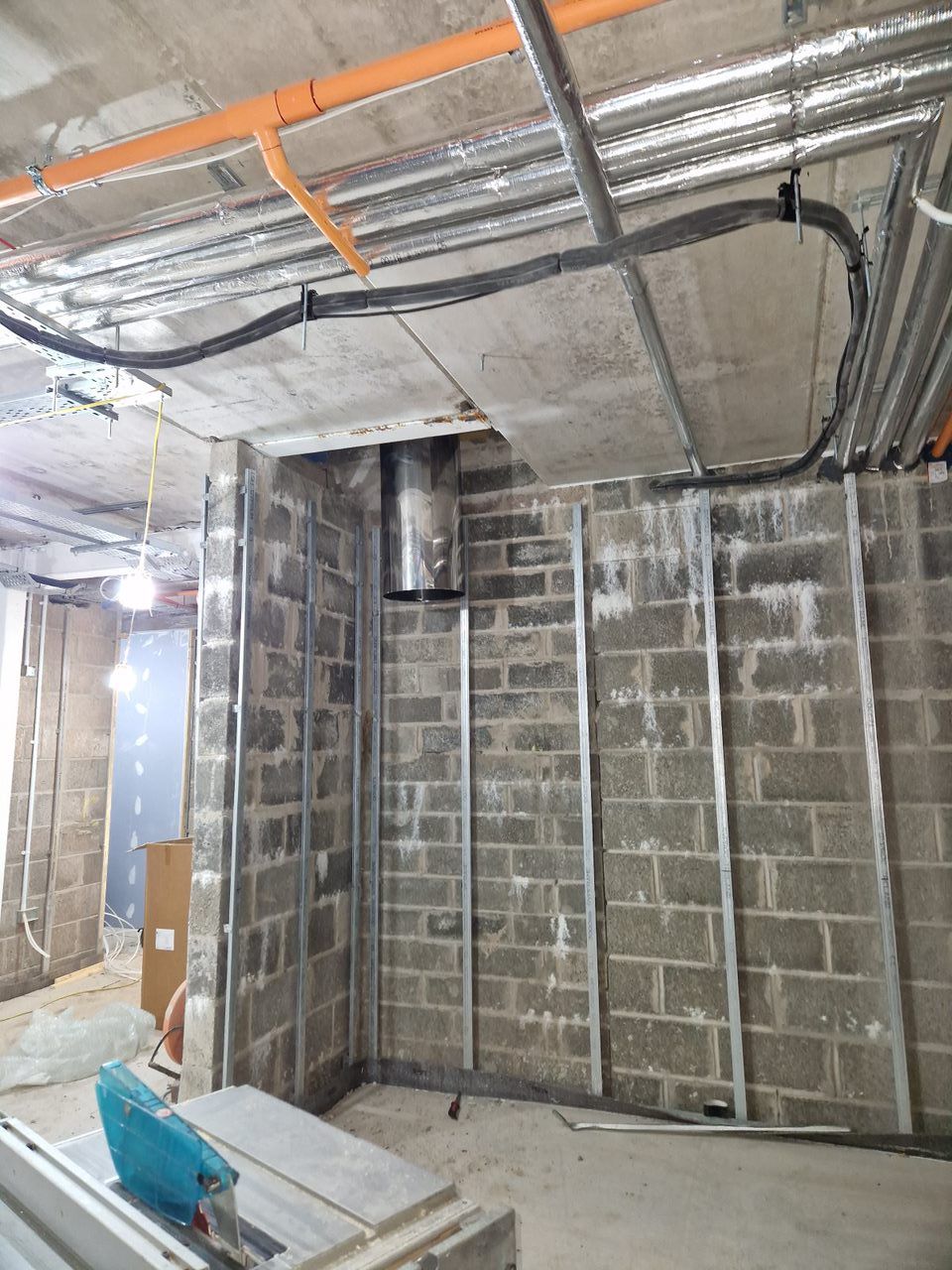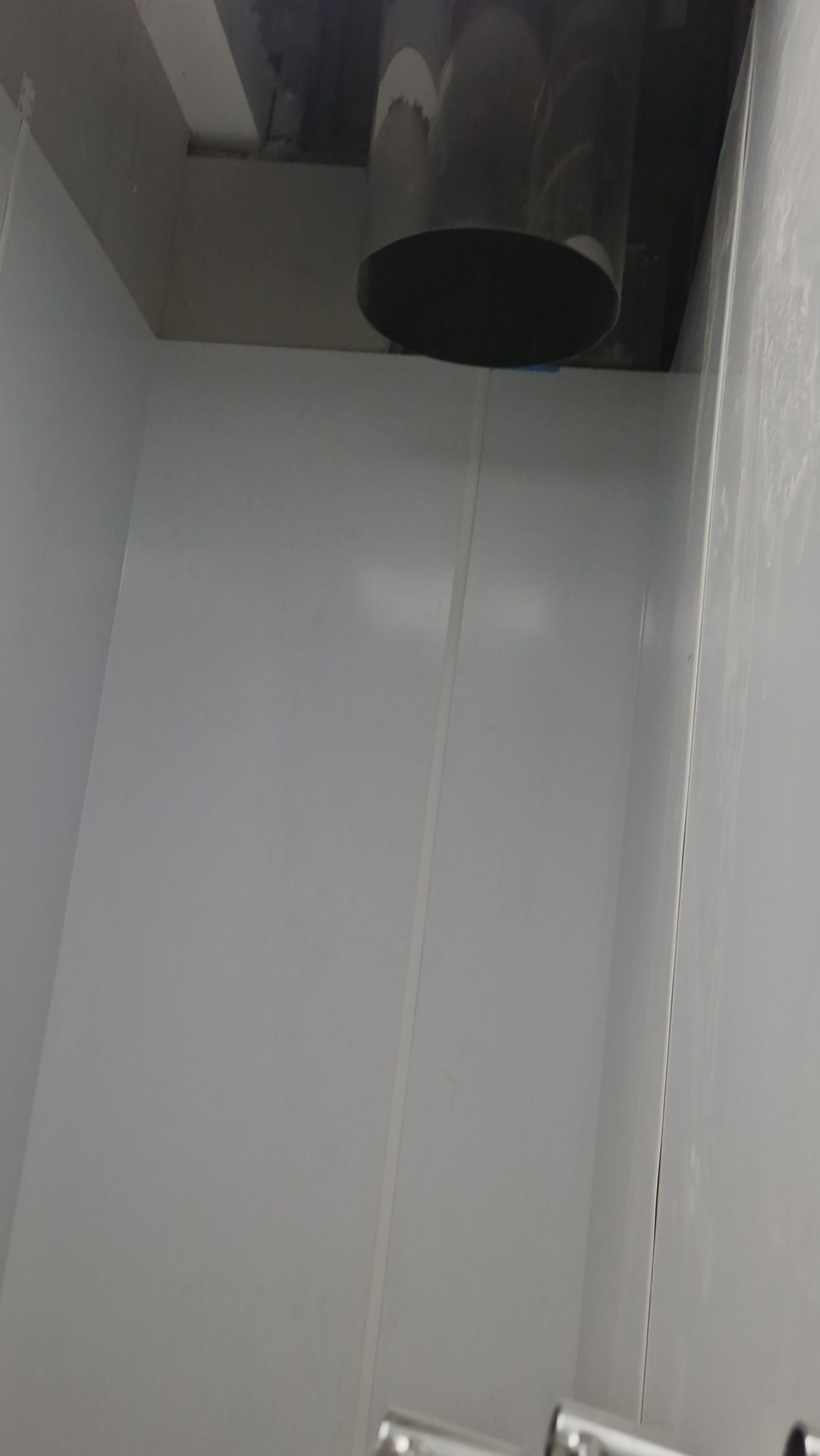Revolutionising Laundry in a New Haddington Care Home with Easyline Chutes - Case Study
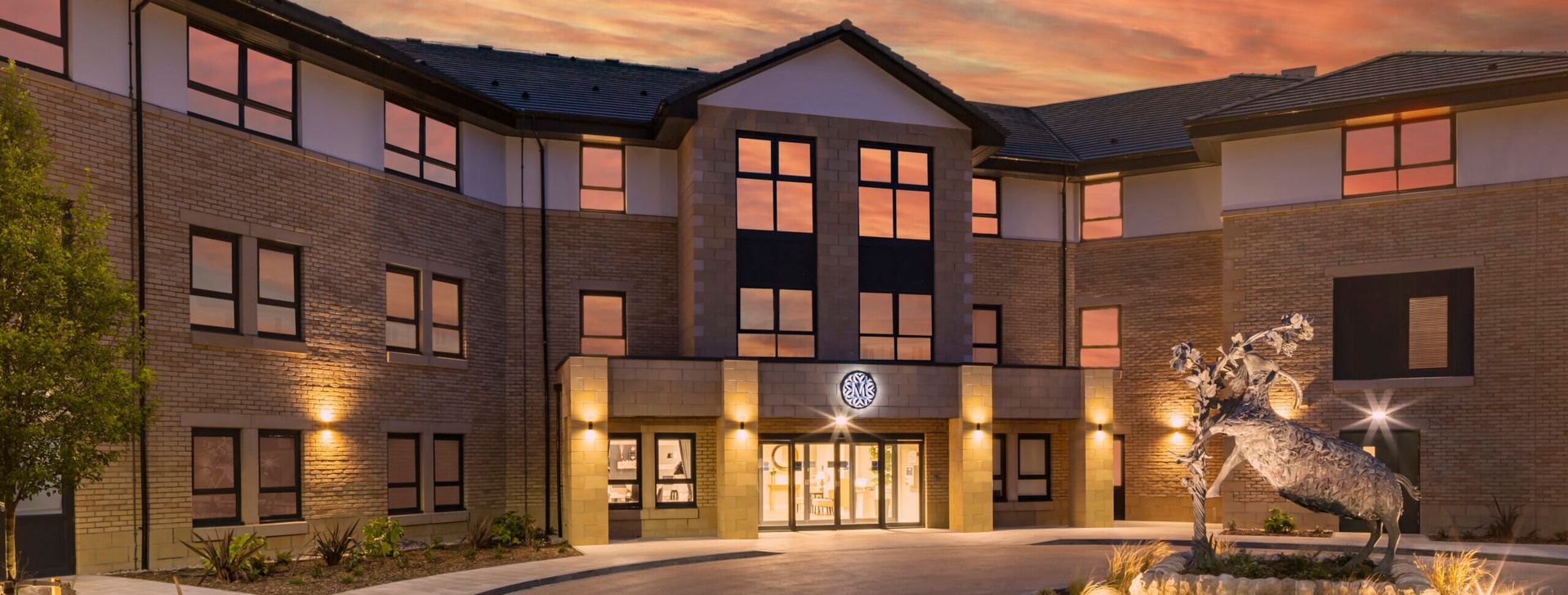
Background
In the tranquil town of Haddington, a brand-new care home was being built with a clear goal: to make daily operations as efficient and safe as possible from day one. One of the first challenges the management team identified was how to handle laundry in a way that upheld the well-being of both staff and residents. Typically, collecting and transporting soiled linen is time-consuming, labour-intensive, and comes with safety and hygiene risks. Determined to avoid these pitfalls, the care home’s planners sought a modern solution that would streamline the linen workflow, maintain strict hygiene standards, and reduce the physical strain on care staff. They turned to Easyline Laundry Chutes to build an innovative laundry management system into the facility from the start – a system that would make the home safer, more efficient, and more comfortable for everyone.
Challenges
Even with a new build, the team knew that traditional laundry handling would create several problems if left unaddressed. Without an automated system, care home staff would likely face all-too-familiar issues such as:
Manual Handling and Safety Risks: In a multi-storey care home, staff would otherwise have to haul heavy bags of dirty laundry across corridors and down staircases. This kind of manual handling not only takes time away from caregiving duties, but it also introduces risks of trips, falls, and painful strain injuries.
Inefficiency and Time Loss: Transporting linens between floors or to a distant ground-floor laundry room can be a slow, tedious process. Staff might waste time waiting for lifts or making multiple long trips each day. Moreover, health regulations forbid carrying soiled linen in the same elevators used for food service or by staff working directly with residents – meaning without a dedicated solution, caregivers would be forced to use stairs or separate service routes, further slowing down the workflow.
Hygiene, Comfort, and Infection Concerns: Moving soiled bedding and clothing through communal areas raises the risk of spreading unpleasant odours, contaminants, and viruses. Laundry carts parked in hallways are not only unsightly but can also threaten the home-like comfort that residents value. The care home wanted a cleaner, more discreet method to transfer dirty linens, keeping resident areas fresh, hygienic, and clutter-free.
Space Constraints: In any care facility, space is at a premium. There was little room (or desire) for bulky laundry trolleys and bins to be stored on each floor. Any solution needed to fit into the building’s design – in fact, the architects had allowed for a small vertical shaft – so the laundry system could be implemented without sacrificing living or care space.
These challenges underscored the need for a practical, safe, and efficient laundry system. The goal was clear: streamline the linen cycle (from collection to washing) while protecting both staff and resident safety.
Solution – The Easyline Laundry Chute System
To overcome these challenges in the new Haddington care home, the Easyline team designed and installed a bespoke laundry chute system as an integral part of the building. This solution was tailored to the facility’s specific needs and the building’s architecture. Key features of the implementation included:
Custom Design & Installation: Easyline’s engineers planned an optimal chute route from the upper floors directly down to the ground-floor laundry room. The chute’s modular design allowed it to be fitted neatly through a pre-determined vertical void in the building, so it integrated seamlessly without major structural changes. Installation was coordinated with the construction schedule – the main chute sections were put in place during the building phase (first-fix stage), and the final touches, such as fitting the fire-rated intake doors, were completed just before the home opened. This proactive approach ensured the chute system was ready to use from day one, with no disruption to the facility’s operations.
High-Quality Materials: The laundry chute was constructed from high-grade 316L stainless steel, chosen for its durability, smooth finish, and hygiene. The sleek interior surface prevents any snags and allows linens to slide freely down to the laundry room. The robust steel can withstand heavy daily use in a busy care environment, and it’s corrosion-resistant and easy to clean – crucial for maintaining strict hygiene standards.
Safe, Compliant Design: Safety was paramount in the chute’s design, with fire-rated intake doors on each floor and a fire-resistant chute structure all built in strict compliance with UK fire safety regulations. At the bottom of the chute, an automatic fire damper is fitted; in the event of a fire, this damper will automatically close at around 79°C, sealing off the chute to prevent flames or smoke from travelling to upper levels. The intake doors themselves are high-tech and secure – instead of simple self-closing hatches, Easyline provided electromagnetic, keypad-access doors with an interlocking mechanism. This means only one chute door can be opened at any given time – a critical safety feature that stops any laundry from dropping on someone who might be loading the chute on another floor – and the doors can also be locked with a key for maintenance or when the chute needs to be temporarily taken out of service. All doors seal tightly when closed, maintaining the building’s fire compartmentation; they were also installed at ergonomic heights in low-traffic corridors so staff can use them comfortably while residents cannot tamper with or access the chute.
Effortless Operation: Using the new system is as simple as it sounds. Staff on each level now only need to carry laundry a short distance – just to the chute intake door conveniently located in the corridor near residents’ rooms – and drop the bag in. Gravity does the rest of the work, whisking the linens directly down to a collection point in the laundry room. This eliminates the need for staff to lug heavy loads through halls or up and down stairs. The risk of spills or accidents en route has been virtually removed, and laundry transport that used to take several steps is now condensed into one easy toss.
Smart & Secure Technology Integration: Always aiming to stay ahead of the curve, Easyline incorporated modern technology into the chute system. In January, at the client’s request, the intake doors were upgraded to an advanced keypad entry system with interlocking controls (as described above). This upgrade ensures that only authorised staff can open the chute and adds an extra layer of safety through its one-door-at-a-time interlock. These tech enhancements future-proof the system and demonstrate the care home’s commitment to innovative solutions – making the chute not just a passive feature, but an actively managed part of the building’s infrastructure.
Through a combination of intelligent design and quality execution, the Easyline laundry chute became a turnkey solution for the care home. It resolved the logistical challenges of moving linens while aligning perfectly with the facility’s operational needs and safety requirements.
Outcomes and Benefits
Installing the Easyline laundry chute has transformed the care home’s laundry operations. Some of the key outcomes and benefits realised by the Haddington care home include:
Significant Efficiency Gains: The introduction of the chute system led to a marked improvement in everyday efficiency. Staff now save time on every single laundry cycle – what once would have required numerous trips and a lot of effort is now accomplished with a single quick drop of a laundry bag. These time savings add up each day, allowing caregivers to redirect their energy towards resident-focused tasks. With a more continuous workflow and fewer bottlenecks, the overall routine in the home runs much more smoothly.
Improved Staff Safety & Morale: With the need for heavy lifting and stair-climbing vastly reduced, the risk of staff injuries or fatigue has dropped substantially. Employees report that the new system is physically much easier and safer to use. This not only helps meet health and safety obligations but also boosts staff morale and job satisfaction – caregivers can do their work more comfortably and with greater peace of mind about their personal well-being. A safer workplace is a happier workplace, which also helps with staff retention.
Enhanced Hygiene & Resident Comfort: The chute system keeps soiled linens out of sight and properly contained, maintaining a higher standard of cleanliness throughout the facility. No more overflowing laundry carts sit in hallways, and no bags of dirty washing are dragged past residents’ rooms. The result is a cleaner, fresher environment that reinforces the homely, dignified atmosphere the care home strives for. Residents benefit from an odour-free, clutter-free living space, and family visitors and inspectors alike notice the tidy corridors and efficient procedures – all reflecting positively on the quality of care provided.
Regulatory Compliance and Future-Proofing: Because the Easyline installation was designed in line with strict building and fire regulations, the care home can be confident it meets all safety and compliance requirements. Fire-safe chute doors, proper compartmentalisation, and the automatic fire damper mean that safety is never compromised by convenience. The system’s modern, high-tech design also future-proofs the facility – it has capacity to handle increased laundry volumes as the home grows, and its advanced features (like the interlocking door controls) position the home at the forefront of innovation. This forward-thinking approach can even be a selling point for prospective residents and a model of best practice for other care facilities.
Positive Feedback and Replicability: The care home’s management and staff have been extremely positive about the changes, noting that the laundry chute quickly became an indispensable asset in their daily routine. The success of this installation in Haddington serves as a persuasive example for other care homes, architects, and contractors. It shows that even in new constructions or when retrofitting existing buildings, a modern laundry chute can be implemented seamlessly to solve age-old operational challenges in care facilities.
Setting a New Benchmark - The Easyline Way
Across the UK, the majority of care homes still rely on manual laundry handling, often processing laundry in‑house rather than adopting more streamlined systems. In fact, around
90 per cent of European care homes outsource their laundry, but in the UK most continue to do it internally, with all the inefficiencies and hygiene risks that entails. Manual handling of laundry is linked to a significant proportion of work‑related injuries:
nearly a quarter (24 per cent) of all non‑fatal injuries in the health and social care sector arise from lifting and handling tasks. By adopting Easyline’s integrated laundry chute system — installed from the first fix phase and engineered to eliminate manual carriage of heavy linen — the Haddington care home clearly sets a new standard. It offers a safer, more hygienic and more modern approach, potentially charting a course for the industry to follow.
Summary
In summary, the Easyline laundry chute project in Haddington achieved everything it set out to do – and more. The care home now operates with greater efficiency and professionalism, providing a safer workplace for staff and a cleaner, more comfortable living environment for residents. This case study is a prime example of how a well-designed laundry chute system is not just a functional building feature, but a strategic investment in a care home’s quality of service. Easyline’s expertise and industry-leading approach ensured that from concept to installation to ongoing use, the solution delivered tangible improvements. The Haddington care home can now focus on what truly matters – providing excellent care – while the Easyline laundry chute quietly and reliably handles the laundry in the background. This successful collaboration stands as a model for elevating operational standards in care facilities through smart, efficient design.


